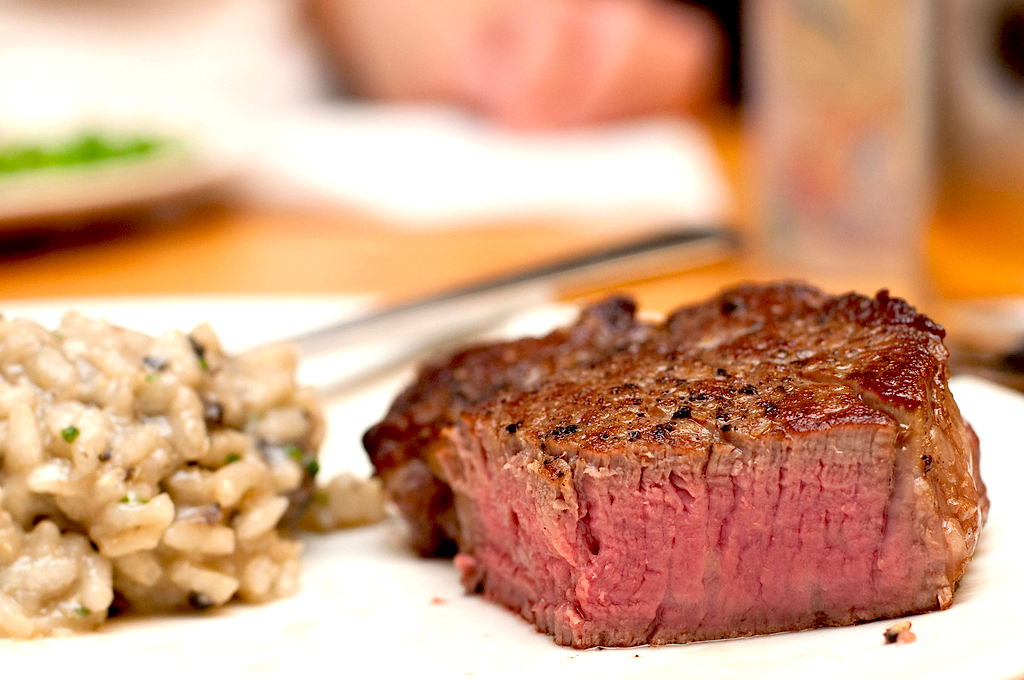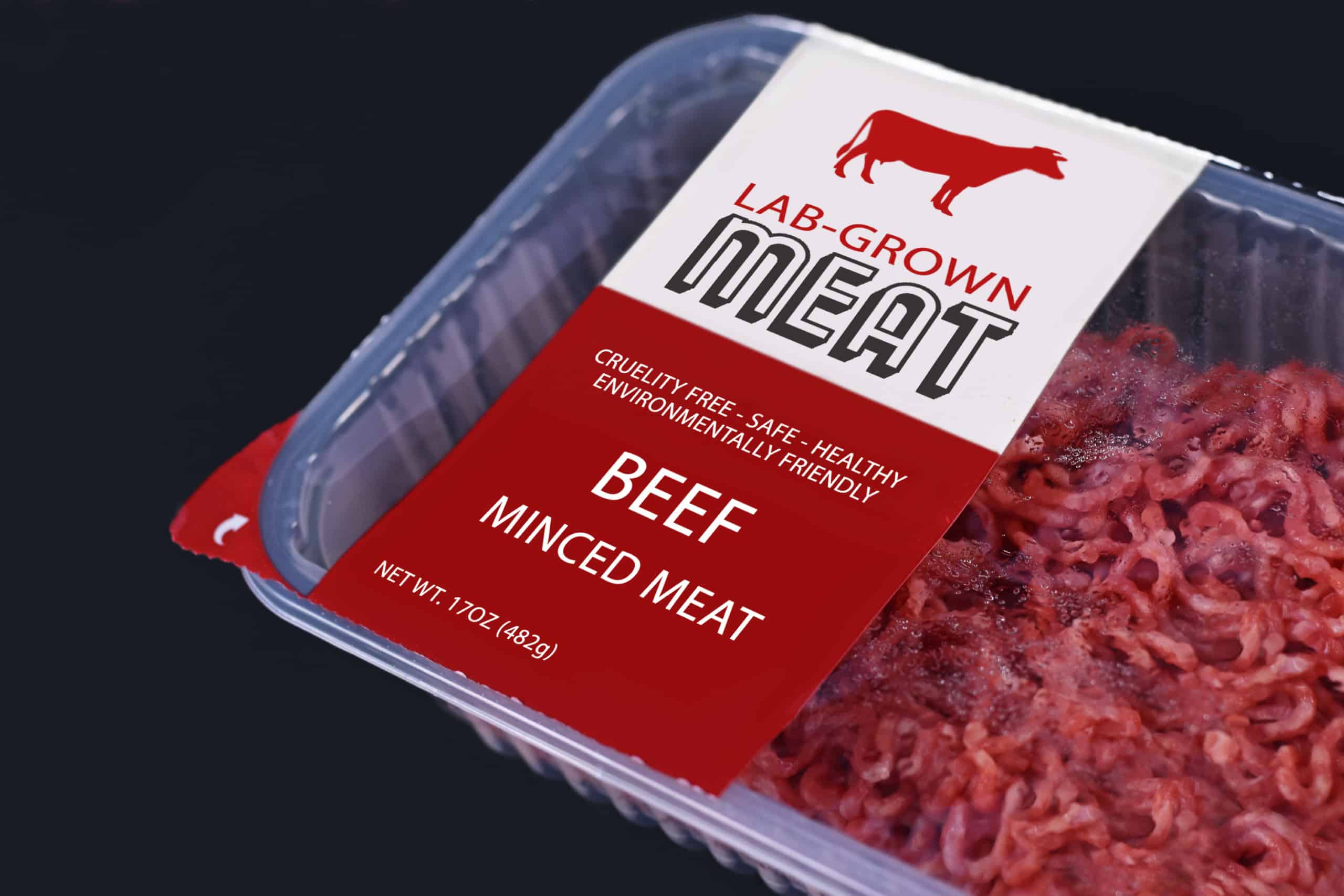Having matured considerably over the last decade, the plant-based sector is continuously refined and reimagined through new ingredient discoveries. Among the latest solutions rolled out this year are heat-activated natural colors that enable a visual transformation similar to that seen in real meat. Other introductions include multifunctional ranges, such as white vegetable bases that reduce sugar content while also providing texture.
FoodIngredientsFirst speaks to ingredient suppliers GNT, Sensus, ADM, DSM, Synergy, SVZ, Ingredion and olam food ingredients (ofi) about their innovation highlights in the ever-evolving space of meat and dairy alternatives.

“We are seeing an increased number of branding partnerships between plant-based food manufacturers and well-known brands, a trend that looks set to continue in 2023 with Wagamama already launching a plant-based ‘chicken’ noodle meal and Dominos a spicy vegan ‘American Hot’ pizza,” remarks Daniel Haley, global growth platform leader of Ingredion’s Clean & Simple Ingredients division.
“Even canned products are getting in on the action with Kraft Heinz launching baked beans with vegan sausages. Within these products and the ever-expanding range of products in retail, including private label, we start to see the pull for proteins with improved taste alongside clean label ingredients to support texture, color and flavor.”
Regional purchasing preferences
Recent Ingredion consumer research found that the perception of an ingredient as an allergen has a notable impact on the ingredient’s acceptability.
“For example, nut and wheat proteins are the two least preferred plant-based proteins in North America due to these proteins being an allergen, according to the research, while quinoa protein was the third-least preferred due to its low customer awareness and low level of protein. In Europe, the three least preferred plant-based proteins were nuts, hemp and quinoa,” says Haley.
Within the last 12 months, Ingredion launched a new range of Novation Lumina functional native rice starches based on sustainably sourced rice under the Thai Sustainable Rice Program.

“These products not only support natural claims but mimic the performance of chemically modified starches, providing excellent, stable juicy textures in plant-based meat and creaminess in yogurts and dairy desserts,” highlights Haley.
“We’re anticipating the launch of our first plant-based gelling starch – a minimally processed, cost-stable ingredient that delivers exceptional mouthfeel in dairy and passes the ‘fork test’ in cheese.”
Heat-transformed meaty colors
Natural coloring specialist GNT’s Exberry Compound Red range has been introduced as its latest solution that enables the authentic browning of red meat alternatives when grilled or fried. It is marketed as the first compound on the market based on GNT’s plant-based natural food concentrates – branded Coloring Foods – that transform the color of meat analogs when heated.
“Exberry Compound Autumn Red and Exberry Compound Fall Forest Red are made from carrots and vegetable oil, so they support clean and clear labels,” highlights Mohamed El Haouzi, technical sales manager, GNT France.

“They use an encapsulation solution that melts when the temperature increases to release the carrot concentrate and enable the color shift.”
The range is suited for plant-based minced meat and burgers with a red appearance that mimics regular meat on the supermarket shelf. “Consumers can then cook it so that it browns to their taste, just like the real thing,” says El Haouzi.
Because Exberry Coloring Foods are based on fresh fruits and vegetables, formulators must consider the technical parameters of the formulation, such as pH, processing temperature and storage conditions to achieve optimal results.
“Many plant-based protein alternatives are in the higher pH range, above five,” explains El Haouzi. “This means when selecting reds, concentrates from a radish or sweet potato generally provide the best performance for color stability in applications such as deli meat, pepperoni and hot dog analogs.”

“The base color is another consideration. Some plant proteins have strong yellow, grayish to brown undertones, so a higher color dosage might be required to achieve the desired shade.”
“We have some exciting new products in the pipeline for 2023 that will open up even more possibilities in the plant-based space,” he adds.
** Click here to read the full-text **








